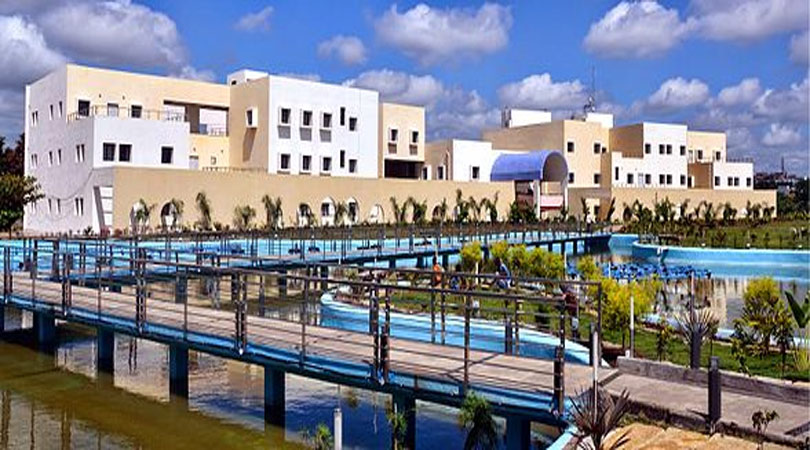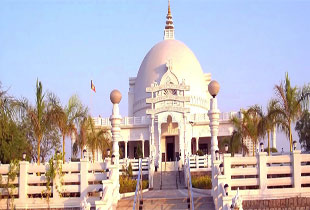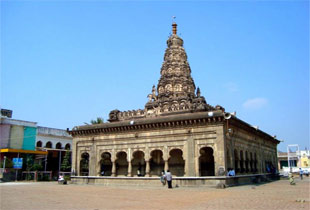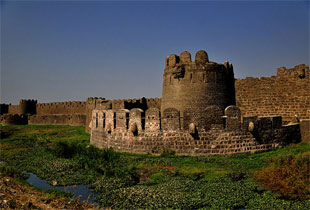Gulbarga, India
Gulbarga city is situated in the north-eastern part of the state of Karnataka, in the southern region of India. Similar to the city, the meaning of this place very pretty, in Persian, Gul means flower and berg means leaf, making Gulbarga- a place of lavish living. The place is popular for its association with the previous medieval kingdom of Bahamani (1347-1526), which was the capital of the Bahamani rulers from 1347 to 1428. You can find a large number of monuments dating from 13th to 15th century. Most of these monuments reflect the great architectural skills of the Bahamani rulers. Moreover, Gulbarga has a glorious, historical and religious past, which attracts its tourists to get to know about the rich past and heritage. If you are planning a visit to this charming city, then choose the best Gulbarga holiday packages and get ready to explore Gulbarga!


Summer
Mid-March - end June
Temperature:10°C- 35°C

Monsoons
June - end September
Annual rainfall -250 cm-325 cm

Winter
Late November To Mid-February
Temperature:3°C-11°C
Gulbarga Fort:
The Gulbarga fort is one of the finest examples of the ancient Islamic architecture in the state of Karnataka. It was initially built by Raja Gulchand, a feudatory of the Orangal Kakatiyas, but when the Gulbarga got importance as the Bahmani capital, the fort was fortified by Alauddin Bahman.
Buddha Vihar:
Sprawling over 70 acres of land, Buddha Vihar is situated in Gulbarga. This Vihar is one of its kind and the largest in the nation. This Vihar is adjacent to the Gulbarga University in the city outskirts.
Sharana Basaveshwara Temple:
Dedicated to the saint and reformer, Shri Basaveshwara, this temple is a popular tourist destination in Gulbarga. One of the most interesting feature of this temple is the panchloha kalasha (five metalled pot).
Jumma Masjid:
Located within the ramparts of the Gulbarga Fort, this Masjid bears a striking semblance to the great mosque of Cordova in Spain. It was constructed by Muhammed Bahmani in 1367. This Persian architecture of the mosque features stiff domes and narrow entrances. The most unique feature of this mosque is the roof, which contains 68 domes that resemble a collection of enormous pots.
Khwaja Bande Nawaz Durgah:
It is the tomb of the great Sufi Saint Syed Mohammad Gesu Daraz (1320-1422) and a prime tourist attraction of Gulbarga. This durgah is India's holiest Muslim shrines and a unique example of communal harmony. The dargah library has around 10,000 books in Urdu, Persian and Arabic on subjects ranging from history, philosophy to literature and religion.
Royal Tombs & Mausoleums:
Gulbarga has an abundance of royal tombs and mausoleums. Lying on the west of the Khwaja Bande dargah, 'the Half Gumbaz' is a complex of seven royal tombs. Besides, the royal mausoleums, the resting 'Firoze Shah Bahmani' is the biggest and the most elaborate one.
Koranti Hanuman Temple:
The Koranti Hanuman Temple at the place is another major attraction of Gulbarga that attracts the travelers. The beautiful image of the renowned god 'Koranti Hanuman' make the tourists and visitors amazed as the height of the image is measured in feets.






